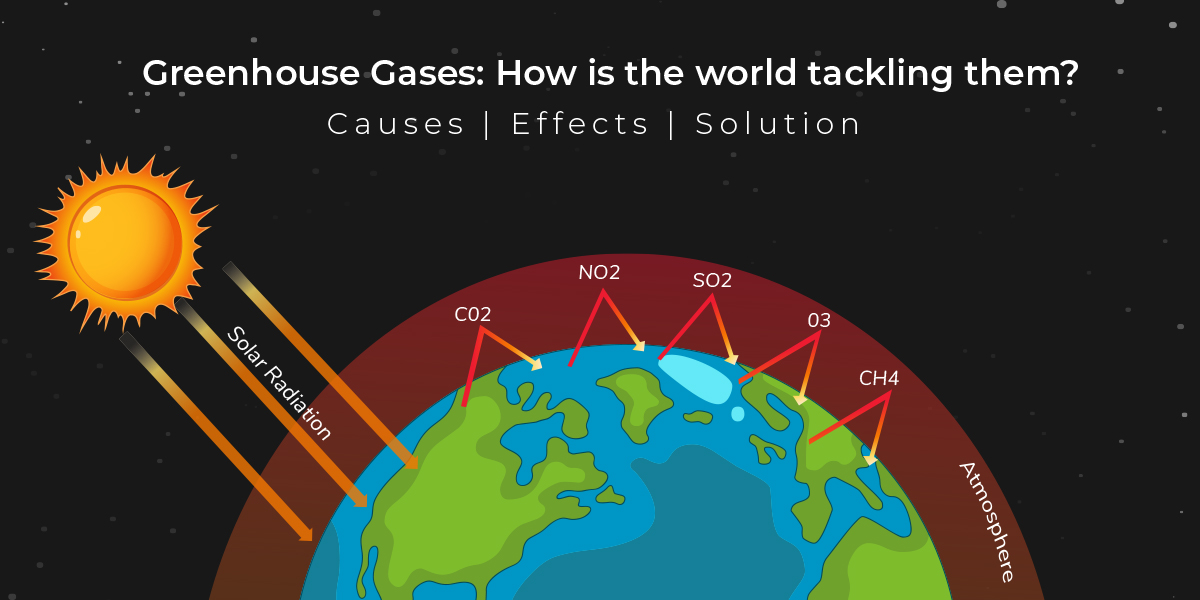The greenhouse effect is a pretty common terminology that is being tossed around nowadays. But do we really know what it means? How it is harmful? How is the world tackling a problem as serious as this? Read ahead to find answers to all these questions.
What is Greenhouse Effect?
The greenhouse Effect maintains the planet’s comforting average temperature of 15 degrees Celsius, making life on Earth bearable. The greenhouse effect occurs when radiation from a planet’s atmosphere warms the planet’s surface to a higher temperature than it would be without the atmosphere. In other words, it’s a good thing that the greenhouse effect exists. Without it, the planet would become frozen and inhospitable.
Humans are going haywire after the need for development and are forgetting about the effect it has on our atmosphere. What’s the end result? The global warming curve shooting straight up and causing a number of climate changes.
What Causes the Greenhouse Effect?
The concentration of greenhouse gases in our atmosphere has been between 200 and 280 parts per million for much of the past 800,000 years—much longer than human civilization has existed. However, human activities like burning fossil fuels and deforestation have pushed the concentration up to more than 400 parts per million.
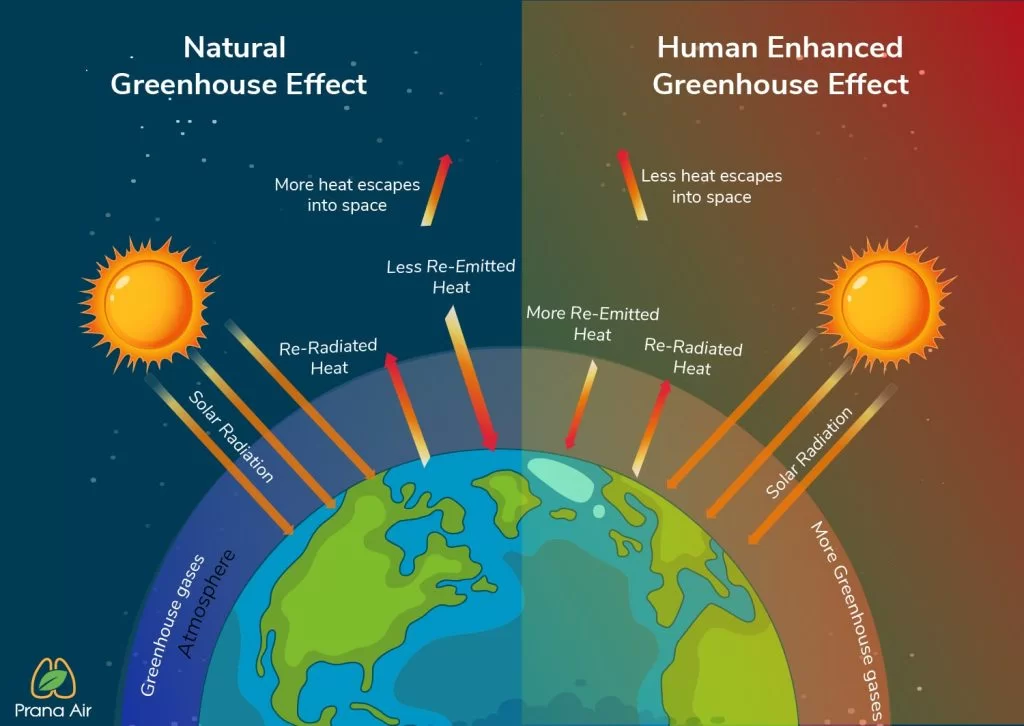
Natural Greenhouse Effect
The earth is livable because of the sun. While 30% of the solar energy that reaches our planet is reflected back to space, the remaining 70% penetrates through the atmosphere. The land, seas, and atmosphere absorb the reflected gas and heats the globe. This heat is then reflected back.
Human Induced Greenhouse Effect
When the natural greenhouse effect takes place, some of this infrared radiation is reflected back into space. The majority—nearly 90%—is absorbed by greenhouse gases. As a result, the gases redirect the heat back towards the planet, producing more warmth.
What are the Greenhouse Gases?
A greenhouse gas absorbs and emits radiant energy in the thermal infrared region, resulting in the greenhouse effect. Greenhouse gases are essential for maintaining a livable temperature on Earth. The average surface temperature of the Earth would be around 18°C if not for greenhouse gases. Greenhouse gases keep temperatures high in the lower atmosphere, enabling less heat to escape. CO2 is the most released greenhouse gas, despite the fact that water vapor is the most prevalent greenhouse gas naturally existing in the atmosphere.
What are the different Greenhouse Gases that are causing Global Warming?
Human actions (most notably the combustion of fossil fuels) have significantly increased the concentration of greenhouse gases in the Earth’s atmosphere, resulting in global warming. These greenhouse gases are:
- Water vapor (H2O)
- Carbon dioxide (CO2)
- Methane (CH4)
- Nitrous oxide (N2O)
- Ozone (O3)
- Chlorofluorocarbons (CFCs and HCFCs)
- Hydrofluorocarbons (HFCs)
- Perfluorocarbons
The impact of any greenhouse gas on the temperature of the Earth is determined by its chemical composition and relative concentration in the atmosphere. Some gases have a great capacity for absorbing infrared light and are found in large quantities. Others have much lower absorption capabilities and are only found in trace amounts.
1. Water Vapor
Although water vapor is the most powerful greenhouse gas in the atmosphere, it behaves differently than other greenhouse gases. This is because the amount of water vapor in the atmosphere is largely determined by air temperatures rather than by human behavior. Therefore higher the rate of evaporation of water from the surface, the warmer it is. As a result of enhanced evaporation, the lower atmosphere has a higher concentration of water vapor. This water vapor is capable of absorbing infrared radiation and radiating it back to the surface and trapping more heat.
2. Carbon dioxide
Between 1959 and 2006, CO2 levels in the atmosphere increased by an average of 1.4 parts per million (ppm) every year, and nearly 2.0 ppm per year between 2006 and 2018.
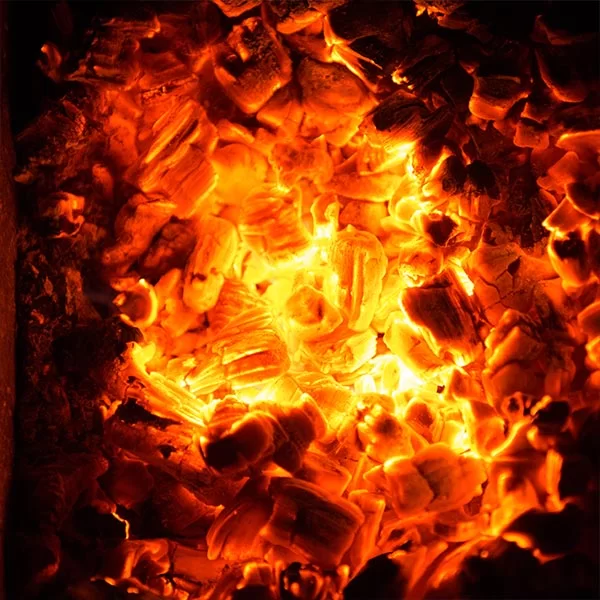
Natural Sources
- Volcanic outgassing
- Organic matter burning
- Natural decay
- Aerobic (oxygen-using) organisms’ respiration
Human Sources
- Burning of fossil fuels
- Creation of cement for transportation
- Heating
- Power generation
- Forest fires
- Land clearance
Human emissions presently account for around 7 gigatons (7 billion tons) of carbon released into the atmosphere each year.
3. Methane
The second most significant greenhouse gas is methane (CH4). However, CH4 is found in significantly lower quantities in the atmosphere than CO2, and its concentrations in the atmosphere are usually measured in parts per billion (ppb) rather than parts per million (ppm).
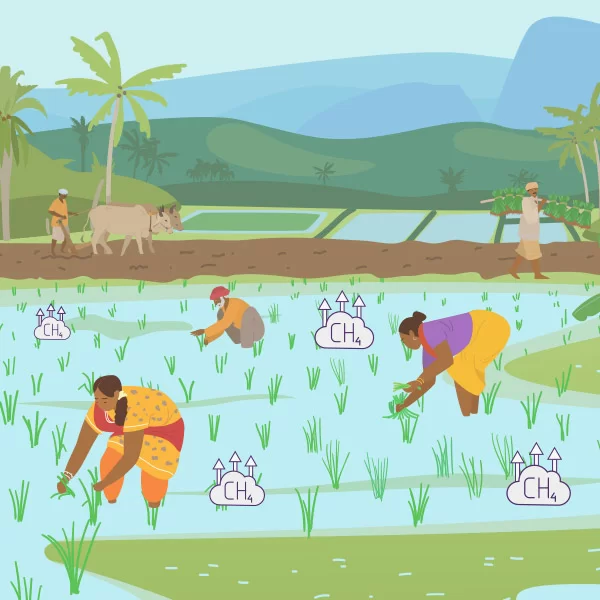
Natural Sources
- Tropical and northern wetlands
- Methane-oxidizing bacteria
- Volcanoes
- Seafloor seepage vents
- Methane hydrates
Human Sources
- Rice cultivation
- Cattle husbandry
- Coal and natural gas combustion
- Biomass combustion
- Breakdown of organic matter in landfills
Moreover, human sources presently account for over 70% of total yearly emissions, resulting in significant concentration increases over time.
4. Surface-level ozone
Surface, or low-level, ozone is the second most major greenhouse gas (O3). Surface O3 is a byproduct of air pollution, as opposed to naturally occurring stratospheric O3. However, Stratospheric O3 plays a fundamentally different function in the planetary radiation balance.

Natural Sources
- Sinking of stratospheric O3 from the upper atmosphere
The natural concentration of surface O3 is estimated to be 10 ppb
Human Sources
- Photochemical processes involving the air pollutant carbon monoxide
Net radiative forcing owing to human surface O3 emissions is 0.35 watts per square meter.
5. Nitrous oxides
- Transportation
- Power generation
- Soil cultivation activities, particularly the use of commercial and organic fertilizers
- Fossil fuel combustion
- Nitric acid generation
- Biomass burning
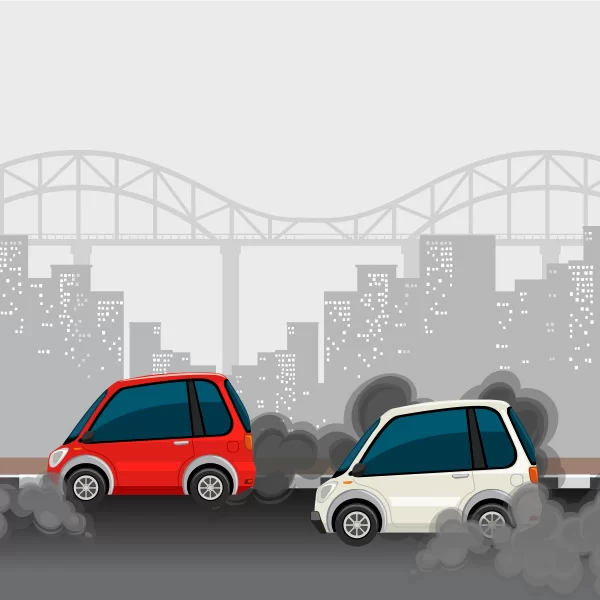
Moreover, N2O can live in the atmosphere for up to 125 years.
6. Fluorinated gases
CFCs, sulfur hexafluoride, hydrofluorocarbons (HFCs), and perfluorocarbons are two more trace gases created that have greenhouse effects (PFCs). Fluorinated gases are responsible for 0.34 watts per square meter of radiative forcing. Nitrous oxide is responsible for 0.16 watts per square meter. Because of natural biological interactions in soil and water, nitrous oxides have low background concentrations. Whereas fluorinated gases are virtually completely derived from industrial sources.

How is the world trying to tackle the Greenhouse Gases Emission ?
The attempt to combat global climate change should include growth objectives for greenhouse gas emissions. This should propose a method for choosing suitable goals for developing and developed nations. Therefore, they should neither be so restrictive that they stifle economic growth nor should they be so loose that they result in massive windfall gains. Even though the maximum emissions have been done by the developed countries, without the cooperation of developing nations, we would not be able to tackle the climate change challenge.
Why are developing nations essential for emission reduction of greenhouse effect?
Firstly, a global problem needs a worldwide solution. The situation is essentially one in which a single country can only make limited progress. Therefore, a successful solution needs the participation of all countries.
Emissions from emerging nations are growing at the fastest rate and will overtake those from developed countries. As a result, without the cooperation of emerging economies, carbon reductions will be ineffective in combating climate change.
If emerging nations refuse to join the international framework, their emissions might climb much higher than expected. For instance, for every ton of carbon emissions lowered by industrialized countries, emissions in developing countries may increase by a quarter ton.
What problems are being faced by the Developing Nations in their battle of emission reduction?
- First and foremost, they have a responsibility to their constituents. Their top objective should be to improve their own economic standards of living. They must do it by increasing earnings while simultaneously reducing local air and water pollution. Such pollution is already apparent, and it is wreaking havoc on people’s health. Local pollution management must take precedence over greenhouse gas regulation. It is invisible and may not have major health consequences for another century.
- Secondly, until the industrialized nations have done so, developing countries should not be forced to take any steps that require economic cost. The problem was caused by industrialized countries, and because they are wealthier, they can more easily afford to make concessions.
The ULTIMATE SOLUTION towards reduced Greenhouse Gases
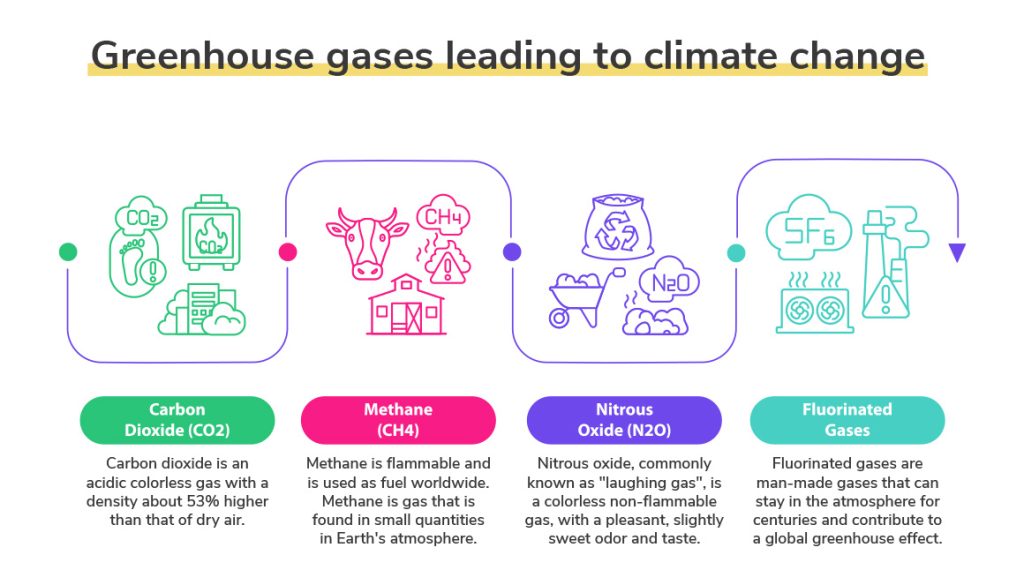
- Emission reductions should be compensated by industrialized countries. Most this method will have no negative impact on emerging nations. They have the right to emit whatever quantity they would have released anyhow throughout this budget period. They are not required to reduce emissions unless a developed-country government or firm pays them enough money.
- One would expect developed-country governments and firms to offer to pay participating nations money over the budget period to induce them to cut emissions. In other words, reducing domestic emissions to less than 1990 levels might be too expensive for the US, Europe, and Japan. This is because, it would need large structural changes in these economies over a short period of time.
- However, in underdeveloped nations, the cost of reductions is much smaller. As a result, developed nations will be able to provide terms to poor countries that make emission reductions economically appealing. Both developing and developed countries succeed by doing what they do best at the lowest cost.
A Conclusion About Greenhouse Effect
Scientists are confident that global temperatures will continue to climb for decades to come, owing in major part to greenhouse gas emissions caused by human activity. The environment has already been affected by global climate change. Glaciers have receded, ice on rivers and lakes has melted, plant and animal ranges have altered, and trees have begun to bloom earlier.
Let us not waste more time and start focusing on our emissions and spread awareness about climate change due to greenhouse gases.

